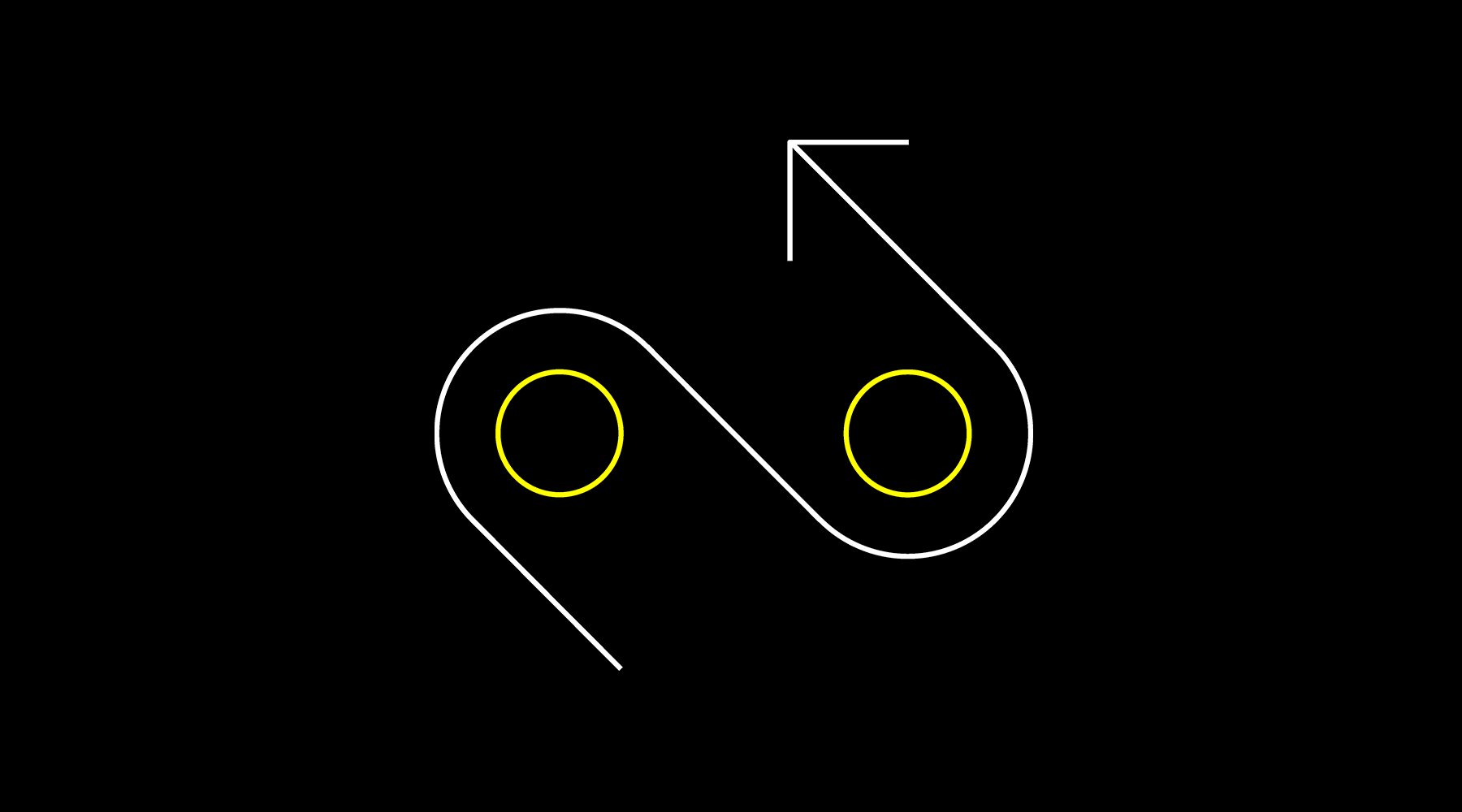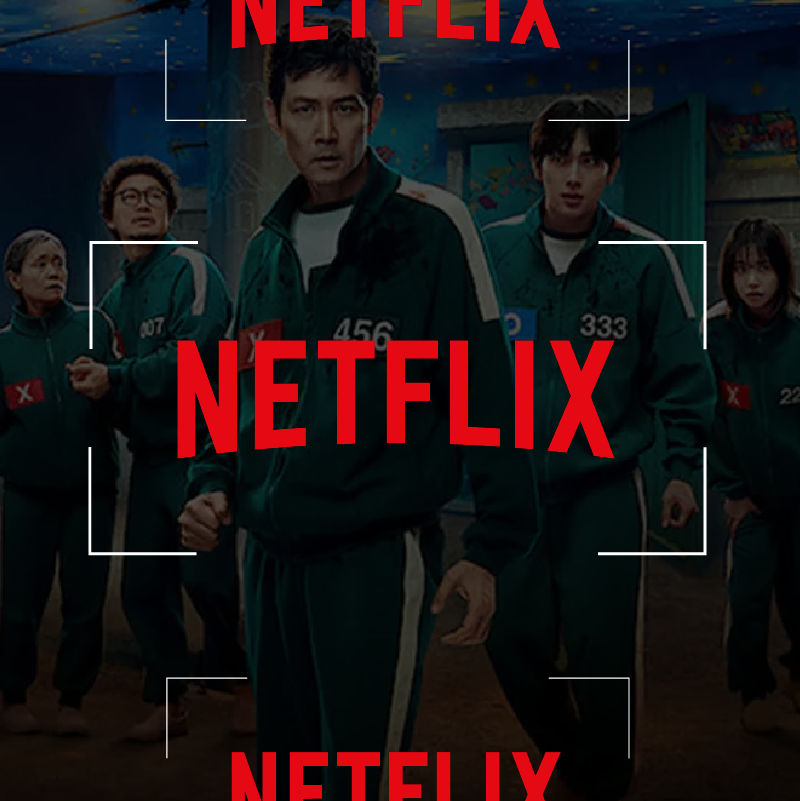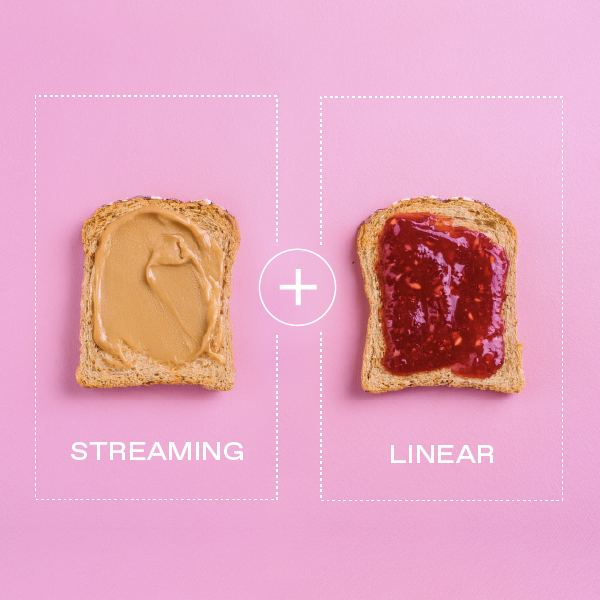
A COVID-19 Strategy Manual For Negotiating Upfronts in 2020
The television upfronts have always been a tradition in every respect. Not just the tradition of dog and pony shows with celeb-studded parties, but also tradition in terms of deal-making. Each year, networks will push the concept of lower impressions available (also referred to as “rating erosions”) combined with better programming as a justified means for higher CPMs. Advertisers and holding companies, in turn, give in to this logic, resulting in a pricing and volume increase (often double-digit). So was the tradition, year after year, with linear TV front and center, and streaming a mere accessory. For the digital marketer, who observes the overall TV market as a flat $70bn annual business, this was nothing but gravity defying.
The arrival of the Corona pandemic threatens to undo this decade-old convention. Just a few weeks ago, marketing budgets were rapidly pulled, and many brands exercised their right to cancel upfront commitments. To add insult to injury, networks don’t have the content to entice advertisers to come back (or stay). The absence of sports programming is the most acute. The immediate impact since March is dire: eMarketer projects a $10bn+ loss in TV revenue in the first half of the year. Worse, the 2020 upfronts never took place (and we’re not talking about the online events that were scurried together). Networks are heading towards Q4 2020 and 2021 without committed budgets or confirmed inventory pricing.
As absurd as it may sound, for data-driven TV advertisers, the media market upheaval has been a net-positive (for now). In a cocktail of lower inventory pricing, increased viewership (people watching TV during Shelter-in-Place), and a dose of data science, they have launched brand and awareness campaigns at the price, and with the performance, of a DR campaign. This feasting frenzy will eventually run out. The exact details on how and when, and the outlook for the remainder of 2020, is murky at best. Add to all of this the injection of a projected $6bn in fresh electoral TV dollars.
To understand what comes next, we need to understand push vs pull in the market.
Push is the ability for TV networks to lure in advertisers by packaging up a finite set of very precious, high-quality impressions. In linear TV, that’s sports and the NFL in particular.
Pull is brands understanding their business with, or post, Corona, and finding the confidence to commit TV budgets accordingly.
Let’s start with push. At Tatari, we are of the opinion that networks will succeed in creating the inventory. The collective drive in society for sports seems to transcend managing a deadly virus.
In Europe, soccer games have already restarted (with the UK government pretty much arm-twisting the English Premier League to do so). The leagues themselves are hellbent on putting games together (e.g. the NBA is confirmed to bring it all together at the Walt Disney World Resort). To their credit, they have demonstrated the ability to create enticing content: just take note of how the NFL turned the Draft into an awesome (and highly-viewed!) event. It may not be the same without packed stadiums (I once attended a closed Champions League game – it’s eerie); by Fall, surely some added “screen technology” will be able to create the right mood and excitement. Like the NFL, NBA, and NHL become part of our daily lives again in Q4, expect the networks to pimp out TV ratings commanding premium dollars.
Short of an effective Covid-19 vaccine available tomorrow, predicting how the pull effect will evolve is harder. Here, the networks play a role, too. By offering increased flexibility as part of the upfront (e.g. allow for more cancellations or expansions in the deal or shorter notice periods), brands will find the courage to commit TV dollars a little easier and faster. For many brands, adding an early price concession (e.g. small single-digit CPM increase as opposed to the past double-digit) may be sufficient to get them over the hump. Brands staying in the upfronts also benefit from a lower baseline pricing; exiting (even for just a year) can turn out to be more expensive in the five years that follow. In short, as brands gain a better understanding of the socio-economic impact from COVID-19, they will find the right incentives to recommit dollars.
As ebb and flood tides meet to create ripple currents, so do push and pull. In the world of TV advertising, it is called streaming TV. The amount of (great) content and viewership is no longer to sniff at, and brands have come to recognize the value of these (unique) audiences. Especially when they offer a meaningful alternative avenue to securing impressions at scale. Like its linear cousin, streaming TV has both a guaranteed and remnant market; the difference between the two in terms of pricing and programming is, however, negligible today. At Tatari, we expect this to change as the “late-fronts” materialize (per the above): a possible influx of demand for streaming inventory (exceeding the supply of impressions), will lead to a truly distinct difference between streaming guaranteed and remnant. Remnant inventory for streaming TV will increasingly diverge from remnant as it comes to pricing, placement, and clearance.
So, let’s summarize our recommendations for TV advertisers for 2020 in a few handy bullet points:
Q2 2020
Continue buying remnant inventory (only) to execute on your linear TV strategy (minor possible exception: news). Expect higher pricing and/or lower clearance in June (but nothing insurmountable). If you like your publisher-direct streaming deals (and the current CPM discounts), consider a bold play and lock it in (see our opinion on streaming above).
Q3 2020
According to DigiDay, 20% to 30% of the 2020 Q3 upfronts have been canceled. In the absence of new programming (or rather, meaningful programming) finding its way to the television screen, we believe that remnant inventory should remain the primary buying strategy in linear. Furthermore, whilst shelter-in-place restrictions are gradually lifted, fewer people will be traveling for vacation this summer and we expect viewership to be higher than previous years. The clear exception to all of this is sports: their return will be met with pent-up demand, exceeding supply and outright short-squeezing the market. Locking in sports inventory today is imperative. Smart and courageous buyers will even negotiate their Q4+ upfronts early, using the general uncertainty (and network fears?) to their advantage.
Q4 2020
Premium inventory will be available and accessible similar to how it was in prior years. Whilst remnant will still have a place as it relates to landing last-minute pricing opportunities, it is no longer a vehicle for access or driving brand strategies. By now, the inventory you really need should be all buttoned up…
Q1 2021
Tatari hopes Covid-19 was just one giant nightmare, without much of a hangover. Pay attention to primetime shows which should have aired in Q4 to finally make it to TV in Q1 2021, and making them accessible for remnant buyers.

Philip Inghelbrecht
I'm CEO at Tatari. I love getting things done.
Related
A Marketer’s Guide to Geo-Based Incrementality Testing
Geo-based incrementality testing reveals the true impact of your ads by comparing sales across targeted and untouched regions. It’s a powerful way to measure lift and efficiency—no cookies, just real-world results.
Read more
What Marketers Should Know About Netflix Advertising (Before You Buy)
Netflix has officially entered the ad game—and with its unmatched viewership and new live sports deals, it's changing the rules. Discover what this means for your brand, and how to tap into premium audiences without wasting your media dollars.
Read more
Why Linear + Streaming Work Better Together
When one advertiser shifted from a dual-channel TV strategy to streaming-only, performance quickly declined. See what happened when they turned linear back on.
Read more


